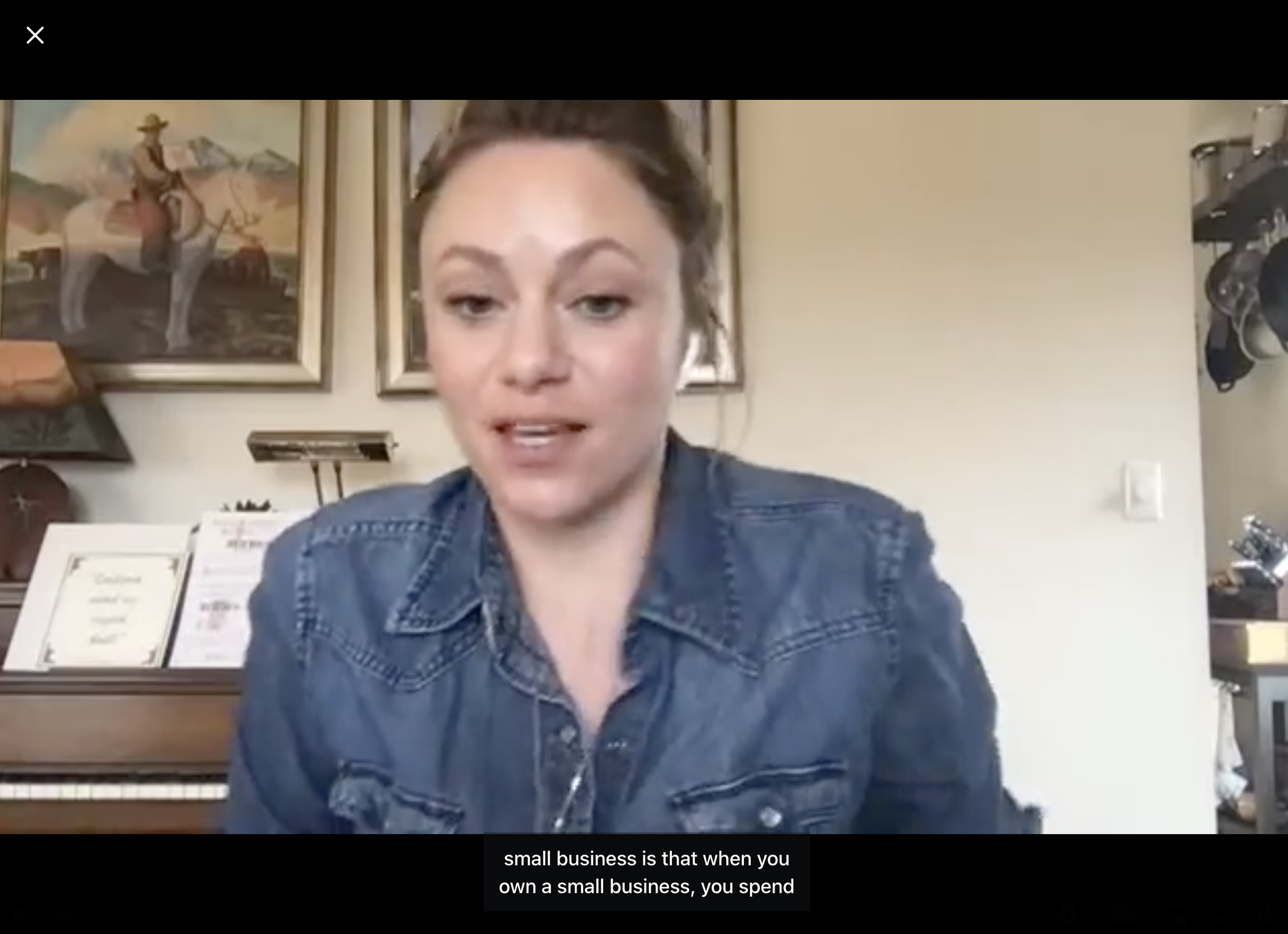Why you need the “voice of the customer” for your small business
Are you riding the “roller coaster” of emotions and sales in your small business? Always hustling for your next customer? Seeing inconsistent website traffic, or getting ghosted by potential clients?
Something in your marketing is not working right now.
The problem is that you may be making assumptions about what your customers want. Those assumptions are clouding your judgment and keeping you from nailing your marketing.
You can nail down what your customers or clients actually want from you, how they talk about your offers, and what you can say in your content and on your website to attract the audience and make more sales.
What is the “voice of the customer?”
VoC or voice of the customer research means taking your customers’ or clients’ perspective. With VoC you step out of your “business owner” shoes and look at your offers and marketing with fresh eyes. Often, this is a total game changer for your marketing.
VoC allows you to find the gap between what you are offering your audience and what they really want and need from you.
Pro Tip: If you already have a T-chart to brainstorm the transformation you offer with your product or service, VoC research will help you fill in both blanks: Your customers’ current states (ick) and ideal states (outcomes). Read more about T-charts here
What you will learn with VoC research
When you get your ideal customers’ and clients’ perspectives on your business you will see:
Why your customers or clients need your product or service
What they are looking for in a product or service like yours
What you can do to attract more customers or clients
What may be keeping them from booking or buying right now
Which words to use in your marketing content to promote sales
How to do VoC research
Start with a question
Where are you currently getting stuck in the sales process? Are you having lots of free consultations, but no paying clients? Are you seeing people subscribe to your email list, but not opening your emails? Do you get website traffic, but zero sales?
Start your VoC research with a question in mind, like:
What do my subscribers want out of my emails?
What do my potential customers want from my product that they do NOT see represented on my sales page?
What am I not delivering in my free consults that my clients need in order to book?
Collect data
Take your questions to your audience. Here are options for how to do VoC research:
Send a survey to your email list
Ask questions with Stickers in your Instagram Stories
Post a poll in a relevant Facebook Group
Look through your emails and direct messages with customers/clients
Put together a focus group
Interview VIP customers / clients
(Scroll for more)
List customers’ or clients’ needs
After talking to your audience, go through your data and look for words / needs that come up repeatedly. What were the predominant themes in your VoC research?
Keep an eye out for any time someone mentions a need, desire, frustration, ideal outcome, or expectation.
Prioritize needs
List and prioritize these in order of importance.
Example: Stir The Pot Kitchen
Catherine confidently created a new offer — adult supper club — using VoC research. She gauged her audience’s interest in Instagram Stories.
What to look for in your VoC data
repeated feedback from different clients
unique words, especially those related to the five senses
requests for new products
problems you hadn’t considered addressing before, but that you could address in the future
words related to emotions
feedback about results
Ways to do VoC research
Online Surveys
I like to use Typeform to collect feedback from my clients. You may also use Google Forms or a form block on your website.
Read more about using forms here
Customer Interviews
Ask a few of your customers or clients (who are a good fit for your business, ideally repeat customers) and ask them for 5-10 minutes of their time. Consider recording the interview if possible so you can review.
Focus Groups
Ask 4-6 customers or clients to come together and answer some questions about your business. This is the most in-depth type of VoC research, but can yield the best results
(Scroll for questions to ask in your VoC research)
What to do with results of your VoC research
Write product descriptions and sales pages
Use the words your customers or clients use to describe their current state or ideal state, especially words that came up more than once.
You may address common objections in your website content (like with FAQs).
Create better content
Create social media or blog content around your customers’ or clients’ questions.
Read more about creating content here
Update your offers
Do VoC research before creating your next offer — to make sure you deliver the value your customers want — or ask specific questions about your existing offers in VoC research, and use their feedback to update your offers.
Questions to ask your customers or clients in VoC research
If you were to recommend [offer] to a friend, how would you talk about it?
What are you looking for when you look for a(n) [offer]?
What about [offer] felt inconvenient or frustrating, if anything?
What was frustrating, inconvenient, or effortful before using [offer]?
What was easier, better, more enjoyable, or convenient after you used [offer]?
After you do voice of the customer research, you’ll see the gaps in your marketing that are keeping your ideal customers or clients from booking or buying, and you’ll know how to take action to improve your offers and marketing.






